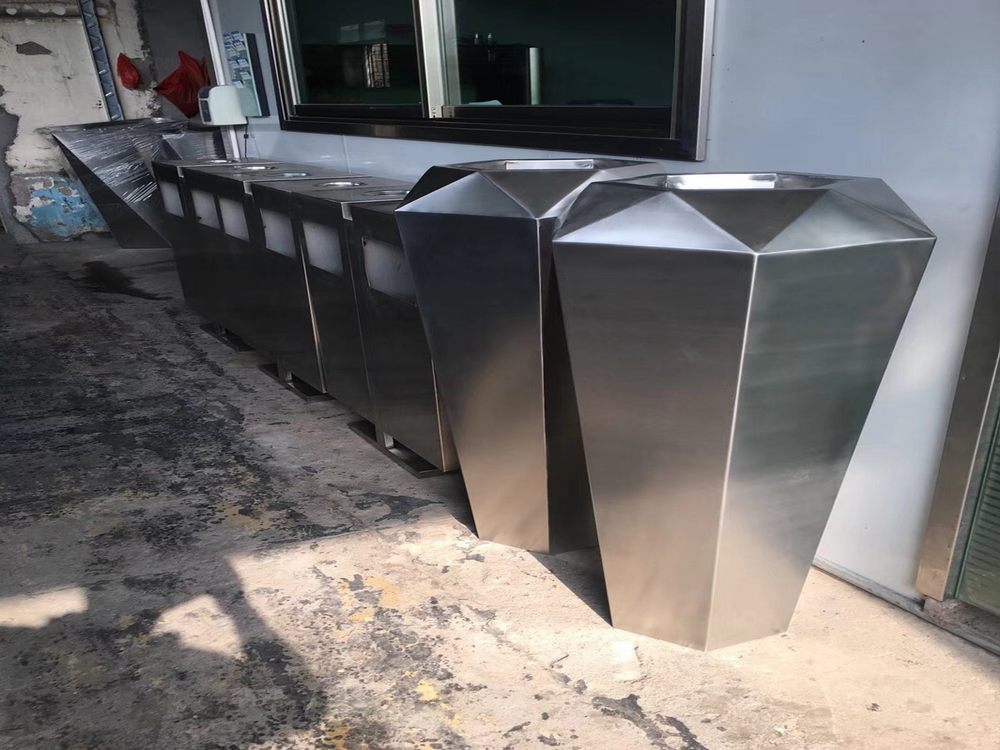
Porcelain sculptures serve dual purposes in today's world: safeguarding cultural heritage and pushing artistic boundaries. Those created for cultural preservation adhere strictly to historical techniques, patterns, and symbolic meanings passed down through generations. Artisans focus on replicating traditional designs with meticulous accuracy, using age-old glazing methods and firing processes to maintain authenticity. These pieces often depict mythological figures, religious icons, or scenes from folklore, serving as tangible connections to cultural identity.
In contrast, porcelain sculptures designed for artistic innovation prioritize creative expression over tradition. Contemporary artists experiment with unconventional forms, abstract concepts, and modern technologies like 3D printing or digital glazing. These works challenge conventional aesthetics, incorporating mixed media or non-traditional colors while still utilizing porcelain's unique material properties. The emphasis shifts from historical accuracy to personal vision and social commentary.
The fundamental difference lies in their objectives - preservation sculptures act as cultural time capsules, while innovative works serve as platforms for artistic evolution. Both approaches contribute uniquely to the porcelain art world, one by protecting disappearing traditions and the other by expanding the medium's possibilities. Collectors and institutions value preservation pieces for their historical significance, whereas galleries and modern art enthusiasts celebrate innovative works for their conceptual depth. This dichotomy ensures porcelain remains both a guardian of the past and a medium for future artistic exploration.

